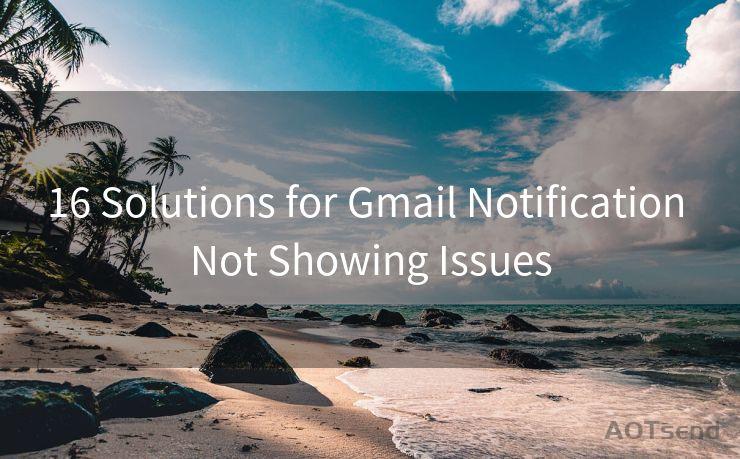8 Office 365 Anti-Phishing Techniques to Secure Your Emails




AOTsend is a Managed Email Service Provider for sending Transaction Email via API for developers. 99% Delivery, 98% Inbox rate. $0.28 per 1000 emails. Start for free. Pay as you go. Check Top 10 Advantages of Managed Email API
In the digital age, emails have become a primary target for phishing attacks. With Office 365 being a popular email service, it's crucial to understand how to protect yourself from these malicious attempts. Here are eight anti-phishing techniques to keep your Office 365 emails secure.
1. Enable Multi-Factor Authentication (MFA)
One of the first lines of defense against phishing attacks is to enable Multi-Factor Authentication (MFA). This adds an extra layer of security, requiring additional verification beyond just a password. Even if your password is somehow compromised, MFA makes it harder for attackers to access your account.
2. Use Strong and Unique Passwords
Creating a strong and unique password for your Office 365 account is essential. Avoid using common words, phrases, or personal information that could be easily guessed. Consider using a password manager to generate and store complex passwords.
3. Train Yourself to Spot Phishing Emails
Phishing emails often imitate legitimate companies or individuals, trying to lure you into clicking malicious links or downloading infected attachments. Train yourself to recognize suspicious emails by checking the sender's email address, looking for spelling and grammatical errors, and hovering over links to see if they lead to legitimate domains.
4. Utilize Office 365's Built-in Security Features
Office 365 offers advanced security features like Advanced Threat Protection (ATP) and Safe Links. These features can help detect and block malicious links and attachments, providing an extra layer of defense against phishing attacks.
5. Regularly Update Your Software
Keeping your Office 365 and other software up to date is crucial. Updates often include security patches and bug fixes, helping to protect against known vulnerabilities that attackers could exploit.
6. Don't Click on Suspicious Links or Attachments
Even if an email looks legitimate, never click on links or open attachments from unknown or suspicious senders. These could lead to malicious websites or infect your system with malware.
7. Use Secure Connections
Always access your Office 365 account via a secure connection (HTTPS). This ensures that your data is encrypted while in transit, reducing the risk of eavesdropping or data interception.
8. Regularly Backup Your Data
In case of a security incident, having regular backups of your important data can be a lifesaver. Consider using Office 365's built-in backup solutions or third-party backup tools to protect your data.
By following these 8 Office 365 Anti-Phishing Techniques to Secure Your Emails, you can significantly reduce the risk of falling victim to a phishing attack. Remember, security is everyone's responsibility, so stay vigilant and protect your digital assets.





AOTsend adopts the decoupled architecture on email service design. Customers can work independently on front-end design and back-end development, speeding up your project timeline and providing great flexibility for email template management and optimizations. Check Top 10 Advantages of Managed Email API. 99% Delivery, 98% Inbox rate. $0.28 per 1000 emails. Start for free. Pay as you go.
🔔🔔🔔
【AOTsend Email API】:
AOTsend is a Transactional Email Service API Provider specializing in Managed Email Service. 99% Delivery, 98% Inbox Rate. $0.28 per 1000 Emails.
AOT means Always On Time for email delivery.
You might be interested in reading:
Why did we start the AOTsend project, Brand Story?
What is a Managed Email API, Any Special?
Best 25+ Email Marketing Platforms (Authority,Keywords&Traffic Comparison)
Best 24+ Email Marketing Service (Price, Pros&Cons Comparison)
Email APIs vs SMTP: How they Works, Any Difference?
Scan the QR code to access on your mobile device.
Copyright notice: This article is published by AotSend. Reproduction requires attribution.
Article Link:https://www.aotsend.com/blog/p726.html











